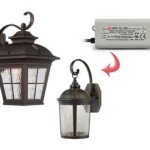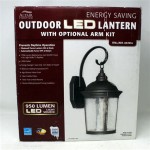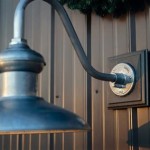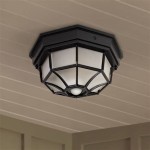Essential Manual Settings for Stunning Outdoor Photography
Mastering manual settings is crucial for capturing captivating outdoor photographs. Here are the fundamental settings you need to know:
1. Aperture
Aperture controls the depth of field, affecting the sharpness of the background. A wide aperture (low f-number, e.g., f/2.8) creates a shallow depth of field, blurring the background and isolating the subject. Conversely, a narrow aperture (high f-number, e.g., f/16) gives a deep depth of field, ensuring everything from the foreground to the background remains in focus.
2. Shutter Speed
Shutter speed determines the exposure duration, controlling motion blur. A fast shutter speed (e.g., 1/500s) freezes action, capturing sharp images of moving subjects. A slow shutter speed (e.g., 1/30s) creates motion blur, conveying a sense of movement in water, clouds, or other elements.
3. ISO
ISO measures the camera's sensitivity to light. A low ISO (e.g., ISO 100) produces less noise or grain, resulting in cleaner images in well-lit conditions. A high ISO (e.g., ISO 3200) increases sensitivity, allowing for shooting in low-light conditions but can introduce noise.
4. White Balance
White balance corrects the color temperature in your images, ensuring accurate colors. Different light sources have varying color temperatures, so adjusting the white balance to match the lighting conditions will ensure natural-looking colors.
5. Exposure Compensation
Exposure compensation allows you to adjust the brightness of your images. If a scene is overexposed (too bright), you can use negative exposure compensation to darken it. If a scene is underexposed (too dark), positive exposure compensation can brighten it.
Tips for Outdoor Photography
- Use a tripod for stable shots, especially at slow shutter speeds.
- Experiment with different angles and perspectives to enhance visual impact.
- Consider the weather conditions; rain or fog can provide dramatic atmospheric effects.
- Pay attention to the time of day; golden hour (sunrise and sunset) provides warm, flattering light.
- Practice regularly to develop your skills and enhance your understanding of manual settings.
Remember, mastering manual settings is a journey. Experiment with these settings, observe the results, and adjust accordingly. With practice and patience, you'll unlock the full potential of your camera and capture breathtaking outdoor photographs that tell compelling stories.

How To Take Outdoor Portraits Like A Pro Live Snap Create

Settings For Portraits Taken Indoors Outdoors

How To Take Outdoor Portraits Like A Pro Live Snap Create

Settings For Portraits Taken Indoors Outdoors

Photography Cheat Sheet An Easy Guide To Shooting Portraits Indoors Settings Outdoor Portrait Sheets

The Manual Mode Workflow Photography Settings Basics

How To Shoot In Manual Mode Cheat Sheets For Beginners

How To Take Outdoor Portraits Like A Pro Live Snap Create

What Is The Best Setting For Outdoor Portraits With Examples Formed From Light

Professional S Guide To Landscape Lighting Photography
Related Posts







